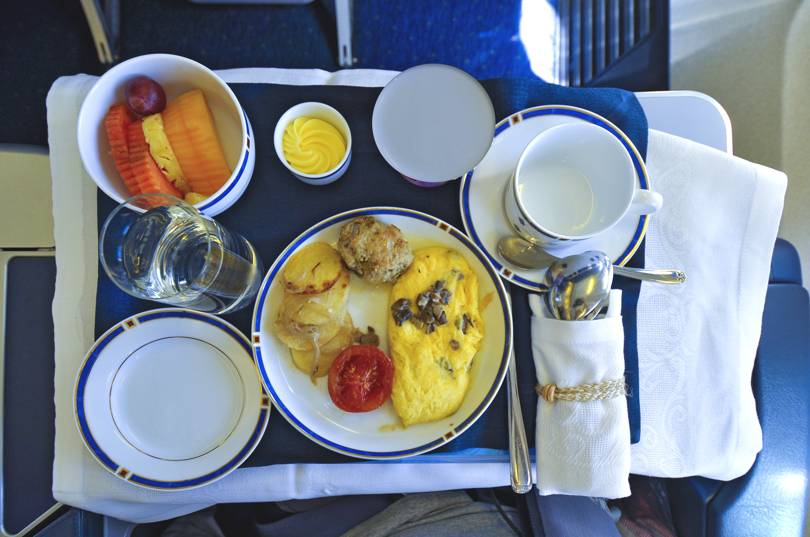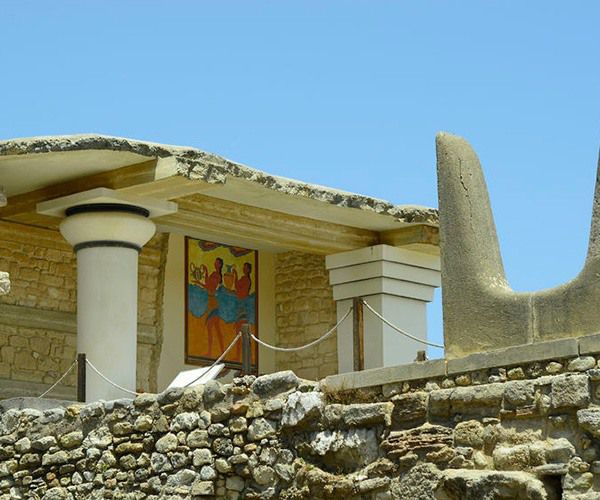
Airline food has never had a good reputation – and there are plenty of reasons why. When cruising at 30,000 feet there are scores of regulations governing all aspects of flight, no matter what class you’re flying in. But while the regulations remain, the inventiveness of sky-high cuisine is experiencing something of a revolution.
“There’s going to be a lot more nutritious food,” says Gerard Bertholon, the chief strategy officer of Cuisine Solutions, which provides food for international airlines. “They [airlines] have been focussing on comfort food, big portions, and not looking too much at the ingredients.”
Which helps to explain why your in-flight meal is often more functional than flavorsome. Throw in the added pressures of a lack of space, the complexities of cooking at altitude, and the sheer logistical difficulties of getting food supplies and meals to the right flights. But gradually, over the years, the food being served on planes has been improving. And the next step is likely to include more personalization for those flying.
“They always had special meals but it was just vegetarian,” Bertholon says. “Now we’re focussing much more on customers, who are demanding more.” This includes giving passengers more information about where meat has come from, using organic ingredients and more options.
It’s all part of a shift to make airline food more like what we eat on the ground. To this end, Cuisine Solutions has been one of the companies encouraging airlines to use the sous-vide cooking process for its food. The system involves sealing food in airtight plastic bags and cooking it in a bath of water that’s heated to an exact temperature.
Bruno Goussault, who invented the modern sous-vide method and is the chief scientist at Cuisine Solutions, says this is ideal for airlines. At 30,000 feet a lack of air humidity in airline cabins dries out food faster than at ground level. Sous-vide locks more moisture into food, Goussault says at the Aircraft Interiors Expo in Hamburg, up to ten or 20 percent of natural juices are preserved.


